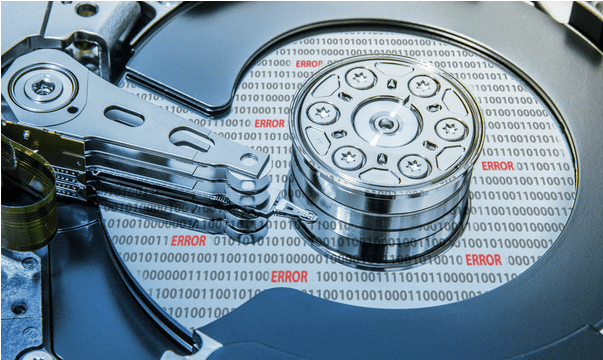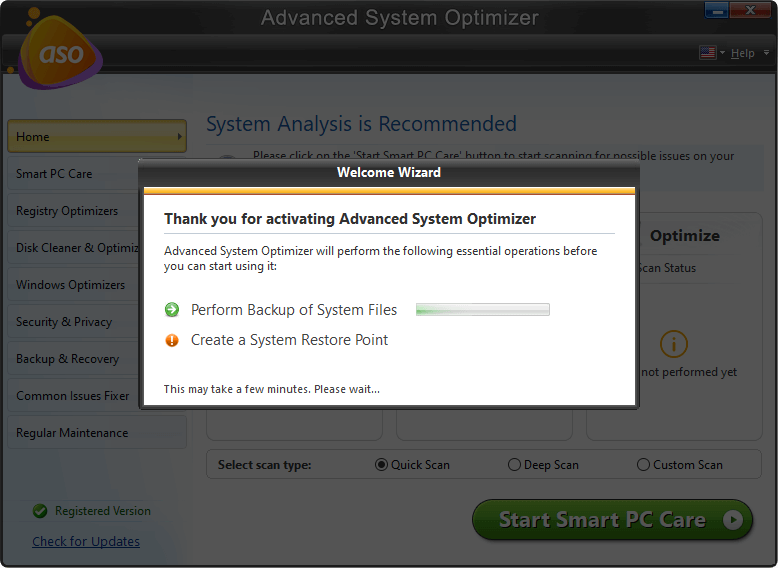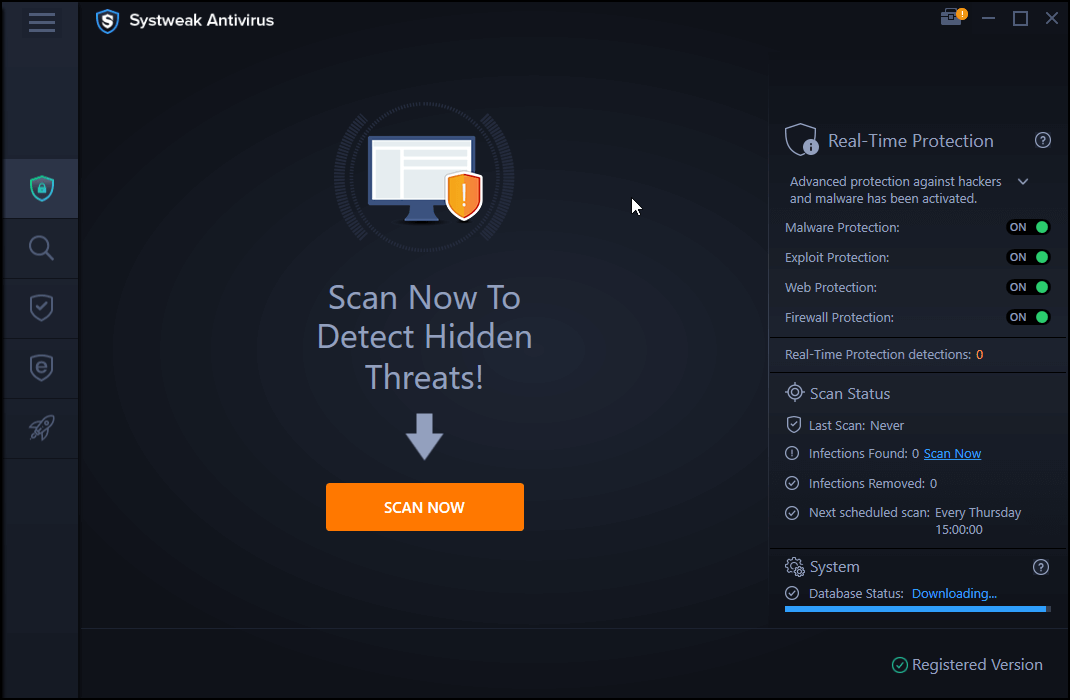Is your Windows PC performing annoyingly slow lately? Does it take forever to load apps and services on your device? Well, one of the reasons for the degraded performance may be bad sectors on the disk drive. Due to prolonged usage and over time, our machine tends to get old. And this is why bad sectors in hard drives start occurring where unusable clusters of storage space are created by the OS.

In this post, we will be learning all about what are bad sectors, how to fix bad sectors on Windows 10, and everything else that you should know revolving around this subject.
Also read: 6 Best Ways To Check Hard Drive Health On Windows 10
What are Bad Sectors? How do they occur?
So, what exactly are bad sectors and why do the hard drives create them? Well, to understand in simple terms, you can think of a bad sector as a defective or useless piece of storage space that is created on the disk drives without your knowledge. Bad Sectors can be created due to a variety of reasons, be it physical damage or due to interference of faulty or corrupt software or app. Here are some of the most common causes why bad sectors may be created on the Windows OS.
- Power outage.
- Physical damage to the disk drive.
- The read and write operation did not complete successfully.
- Interference of third-party software or app.
- Presence of virus or malware.
Bad sectors are nothing but a nightmare! They tend to occupy unnecessary storage space on your device and also degrade its performance. Here are a few workarounds that will help you to fix bad sectors on Windows 10.
Also read: 7 Worst Reasons for Hard Disk Failure and Best Data Recovery Solution
How to Fix Bad Sectors on Windows 10
#1 Scan the Disk Drive
The first step is to check the disk drive for bad sectors. Here’s what you need to do.
Head on to Desktop, locate the “This PC” icon, and double-tap on it.
Pick any disk drive (You can start with the C:/ drive), right-click on it, and select “Properties”.
Switch to the Tools tab, tap on the “Check” button placed in the “Error Checking” section.
Wait for a while until Windows scans your device to fix the file system errors that exist on your machine.
Also read: How To Use Disk Speedup Tool To Improve Your PC’s Performance?
#2 Use the CHKDSK Command
CHKDSK (Check Disk) is an in-built Windows utility that scans and repairs system errors, logical errors and verifies the system integrity. The CHKDSK command is executed on the Command Prompt terminal. Follow these quick steps to use the CHKDSK command on Windows 10.
Launch the Start menu search box, type “Command Prompt”, right-click on it, and select “Run as Administrator”.
In the Command Prompt terminal, type the following command and hit Enter.
CHKDSK C: /f /r
The CHKDSK command is followed by the drive initial on which you need to perform the scan. You can also replace the drive letter if you need to scan another disk drive.
Wait for a few minutes until a complete scan is performed on your device and Windows automatically fixes bad sectors to repair the disk drive.
Also read: How To Fix ‘CHKDSK Cannot Continue In Read-only Mode’ Error In Windows 10?
#3 Download and Install Advanced System Optimizer

Using a professional cleaning and optimization tool that fixes bad sectors on your device is a smart call. Download and install Advanced System Optimizer, a powerful utility tool that keeps your disk drive’s health in a top-notch state. It performs a variety of task that includes:
- Removes junk files, cache files.
- Disk allocation to remove bad sectors.
- Prevents slowdowns and system crashes.
- Restores free space.
- Encrypts your data.
- Deletes browsing history and cookies.
- RAM optimizer to boost PC’s performance.
- System files backup and restore.
- Backup manager.
- Secure deletion of files.
Simply install the Advanced System Optimizer tool on your Windows PC, launch the software and begin the scanning process to immediately fix bad sectors on Windows 10.
#4 Scan your Device for Viruses and Malware
Tried the above-mentioned solutions and still no luck? If you still think that bad sectors are occurring on the hard disk, maybe it’s time to scan your device for malicious threats. Isn’t it? You can install an advanced security solution to safeguard your device against viruses and malware.

Download and install Systweak Antivirus for Windows PC, one of the best antivirus tools that offer round-the-clock protection against threats and exploits. Systweak Antivirus does a splendid job in protecting your device and data from viruses, malware, trojans, spyware, adware, and ransomware attacks.
Install Systweak Antivirus on your PC, launch the tool. Pick a scanning type: Quick Scan, Deep Scan or Custom Scan, and get started.
Also read: 15+ Best Antivirus Software of 2021
Conclusion
Here were a few ways that you can follow to fix bad sectors on Windows 10. Dealing with bad sectors is a must, as they even result in data loss. By removing bad sectors you can not just enhance your PC’s performance but also recover chunks of free storage space on your device. For any other queries or assistance, feel free to use the below-mentioned comments space!





 Subscribe Now & Never Miss The Latest Tech Updates!
Subscribe Now & Never Miss The Latest Tech Updates!